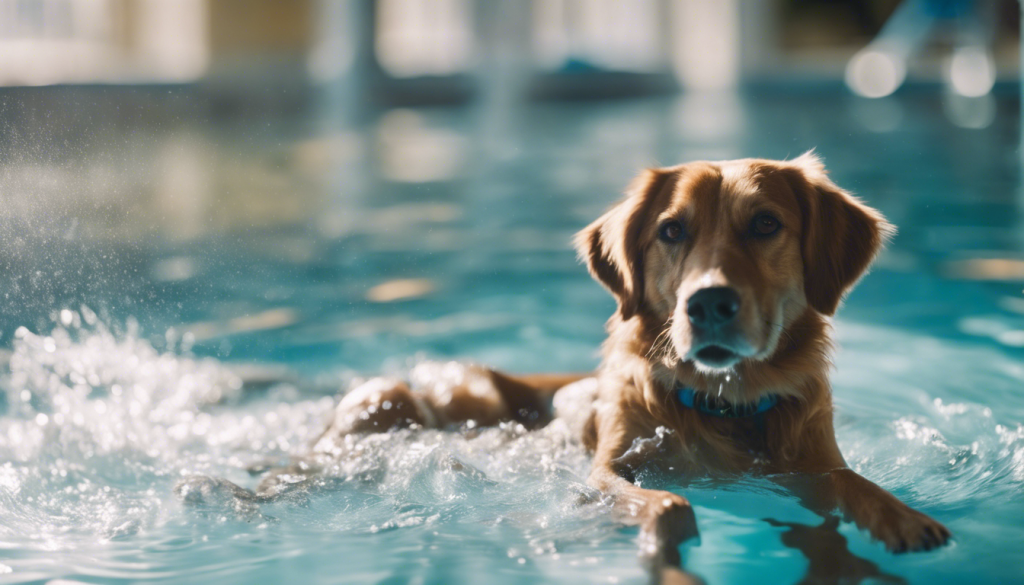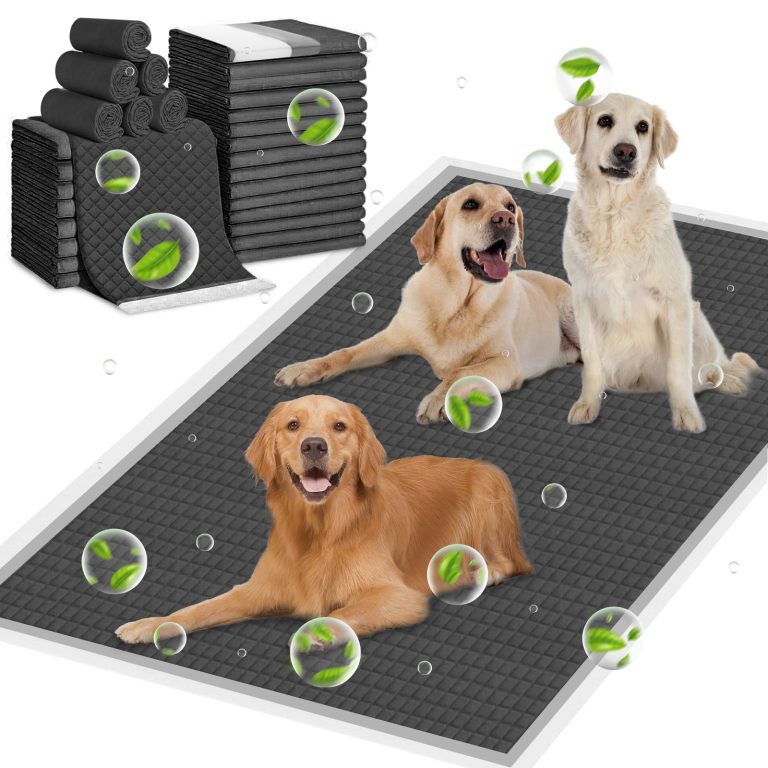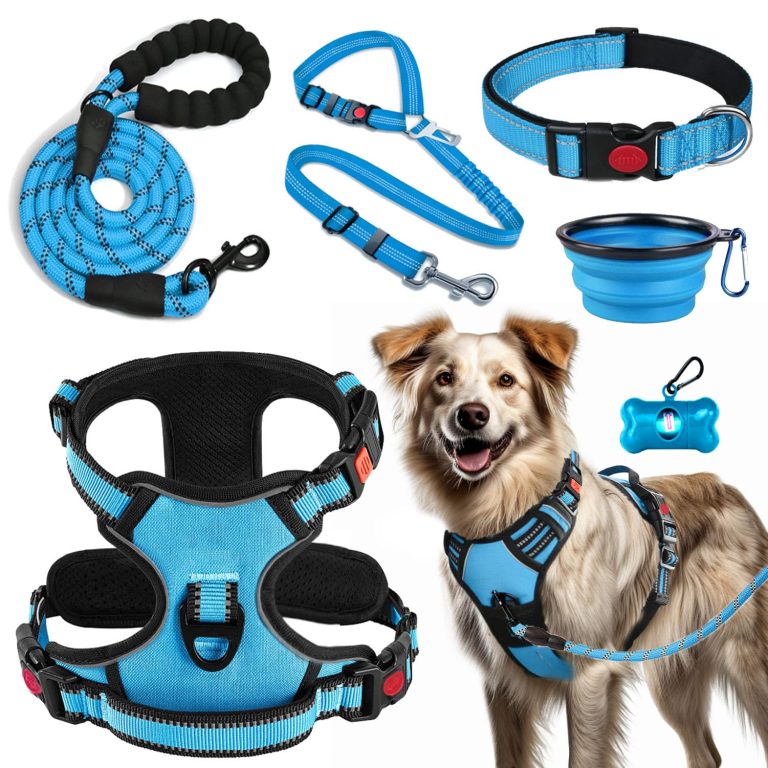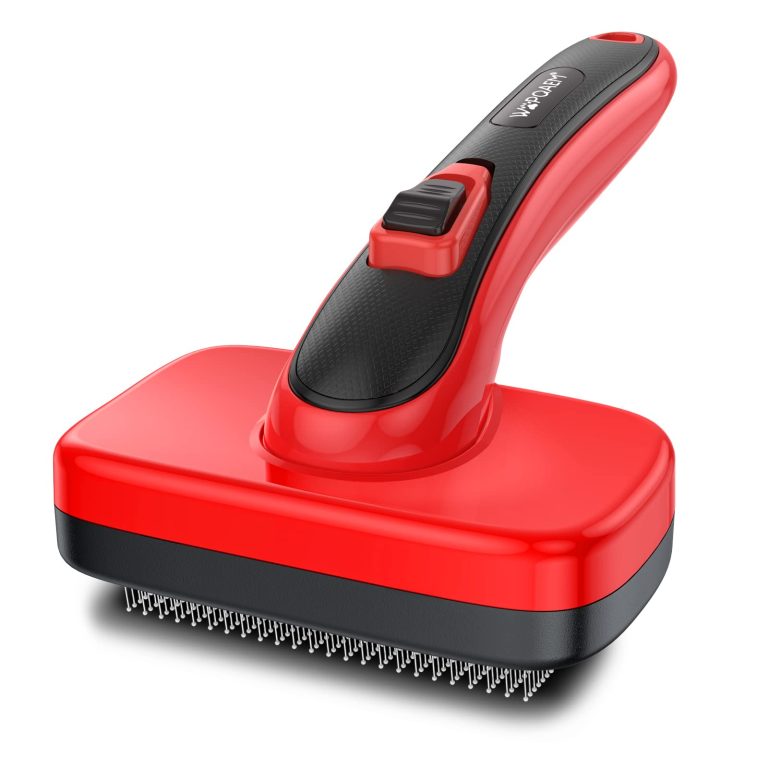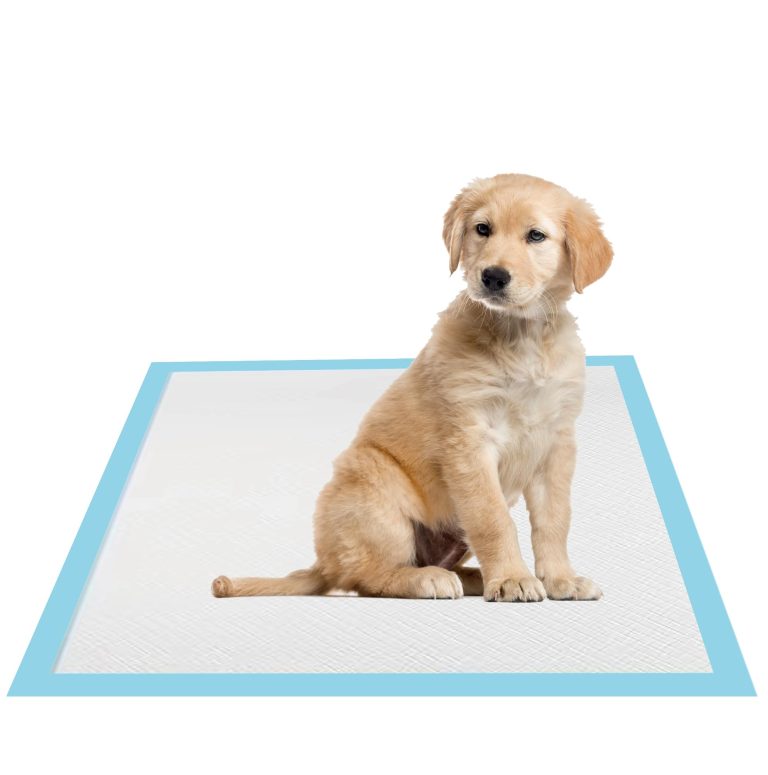The Benefits of Canine Massage for Relaxation
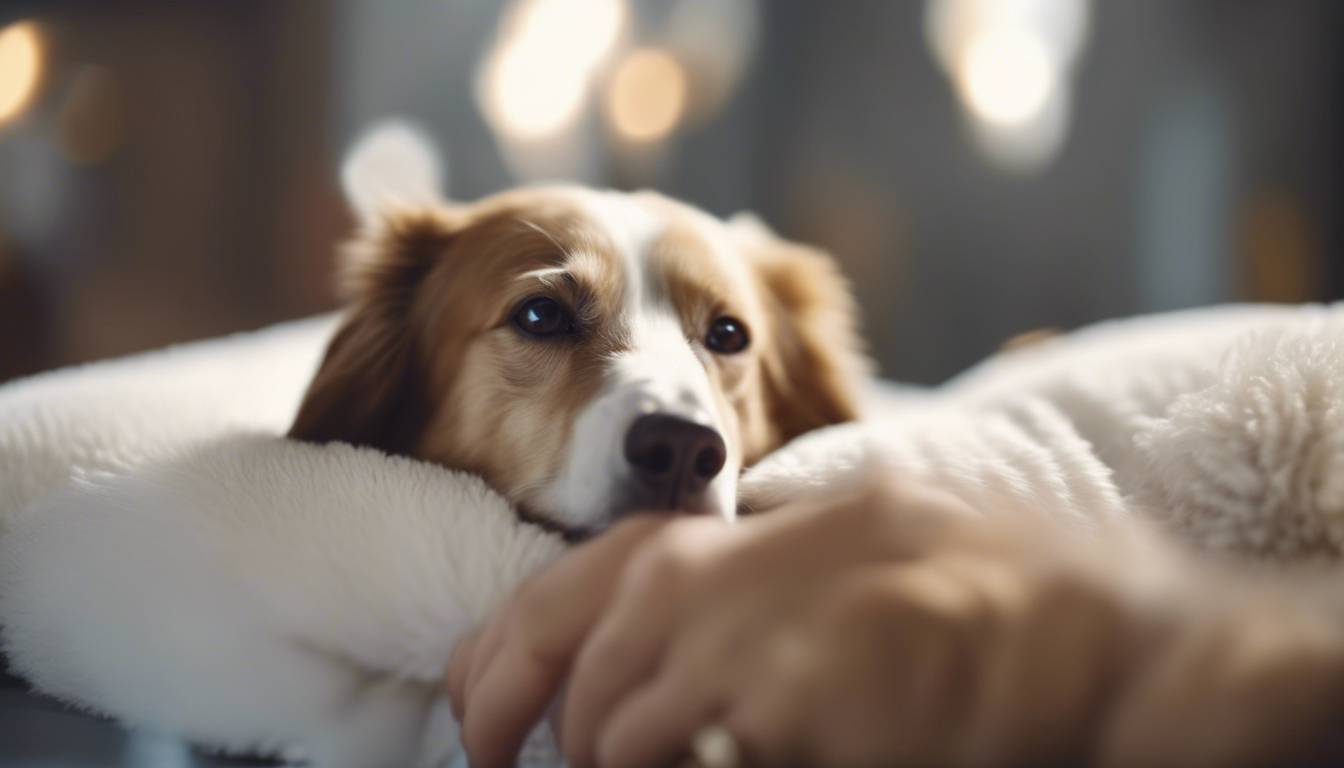
Canine massage is not just a luxury spa treatment for dogs. It has a high number of benefits that go beyond relaxation and can greatly contribute to their overall well-being. As pet parents, it is important to understand the importance of massage therapy for dogs and incorporate it into our pet parenting routine. In this article, we will explore the benefits of canine massage for relaxation and how it can enhance behavior training and companionship with your furry friends.
Relaxation
One of the primary benefits of canine massage is relaxation. Just like humans, dogs can experience stress and anxiety. Massage helps them relax by releasing tension in their muscles, promoting blood circulation, and reducing muscle soreness. By massaging your dog regularly, you can create a calm and peaceful environment for them, which can have a positive impact on their overall mental and emotional health.
Behavior Training
Canine massage can also play a significant role in behavior training. Dogs who are anxious or have trouble focusing can benefit from massage therapy as it helps them develop a sense of trust and security. By incorporating massage into their daily routine, you can create a positive association for your dog with touch, making them more receptive to training exercises. Additionally, massage helps dogs release endorphins, which are natural painkillers and mood enhancers. This can contribute to their ability to learn and respond to commands more effectively.
Companionship
Massage can be a wonderful way to strengthen the bond between you and your furry companion. It provides an opportunity for quality time together in a relaxed and calming environment. As you massage your dog, you establish a deeper connection with them, fostering trust and enhancing the sense of companionship. Moreover, regular massages can help pet parents detect any changes or abnormalities in their dog’s body such as lumps, bumps, or soreness, enabling early intervention and ensuring their overall health and well-being.
Practical Tips for Canine Massage
- Choose a quiet and comfortable space: Find a quiet area in your home where your dog can relax. Use a soft mat or blanket to create a comfortable surface for them to lie on.
- Use gentle and soothing strokes: Start the massage by using slow and gentle strokes, applying light pressure. Pay attention to your dog’s body language and adjust the pressure accordingly.
- Focus on the major muscle groups: Massage the neck, shoulders, back, and hindquarters of your dog. These areas often carry the most tension and require extra attention.
- Observe your dog’s response: Watch for signs of relaxation such as a lowered head, soft eyes, and a calm demeanor. If your dog seems uncomfortable or shows signs of pain, stop the massage and consult with a veterinarian.
Incorporate Canine Massage Into Your Routine
Now that you are aware of the benefits of canine massage for relaxation, behavior training, and companionship, it’s time to incorporate it into your pet parenting routine. Aim for regular sessions, but remember to start slowly and gradually increase the duration as your dog becomes more comfortable. With practice, you will develop a deeper understanding of your dog’s needs and preferences, allowing you to provide the best massage experience for them.
The benefits of canine massage go beyond relaxation – it can enhance behavior training and strengthen the bond between you and your furry companion. By incorporating regular massages into your pet parenting routine, you can contribute to the overall well-being and happiness of your dog.

